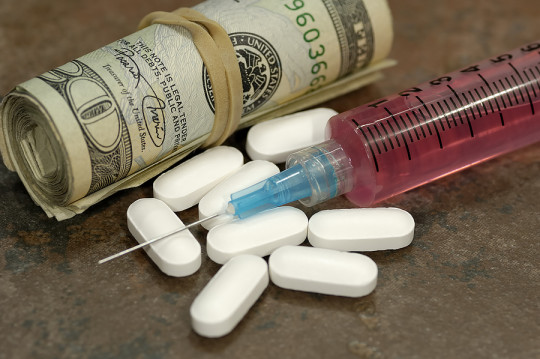In the continued fight against drug abuse worldwide, authorities are getting additional help from technology. Thanks to computer programs and applications for cell phones and other mobile devices, the campaign on preventing and treating substance abuse is moving forward and gaining teeth.
The 2015 World Drug Report of the United Nations Office on Drugs and Crime (UNODC) noted that some 246 million people used an illicit drug in 2013 with 27 million considered to be problem drug users. It also found that men are three times more likely than women to use marijuana, cocaine and amphetamines. Women, on the other hand, are more likely to misuse opioids and tranquilizers.
In the U.S. alone, abuse of illicit drugs as well as tobacco and alcohol is costing the country more than $700 billion. This is in terms of lost work productivity, health care and rise in crime.
Role of Technology
Thankfully, parent and authorities can now get more help from the various types of advanced technology available to them in addition to the existing drug laws. Health experts confirm that technology-based interventions are helpful as an adjunct to traditional treatment and can even be used as a stand-alone therapy.
A research led by Lisa A. Marsch, PhD, Director of the Center for Technology and Behavioral Health at the Dartmouth Psychiatric Research Center has found that the use of technology in substance abuse prevention and treatment is not only cost effective but it also reaches new target audiences including those not undergoing treatment. Marsch added that interventions using technology are as effective as the science-based interventions led by highly trained clinicians. Technology can also be used as a tool to identify risky behavior and promote resilience among communities.
One advantage of technology-based intervention is it can be made available in areas that have limited resources for drug abuse treatment. These locations include schools and prisons.
Mobile devices, for instance, can also deliver interventions to people undergoing drug treatment. It can even help patients stay longer in treatment.
Online self-help programs for various health conditions and risk factors are also emerging in many countries, according to the World Health Organization (WHO). Apart from being free of charge, they are user-friendly, available round the clock and eliminates the need to wait and travel to a specific location.
In terms of information dissemination, social media plays a significant role these days. These popular social networking sites such as Facebook, Twitter and Google Plus as well as blogs can be used to inform people particularly parents and authorities about the real situation involving drug use and abuse and encourage users to do what’s right and seek treatment as early as possible.
